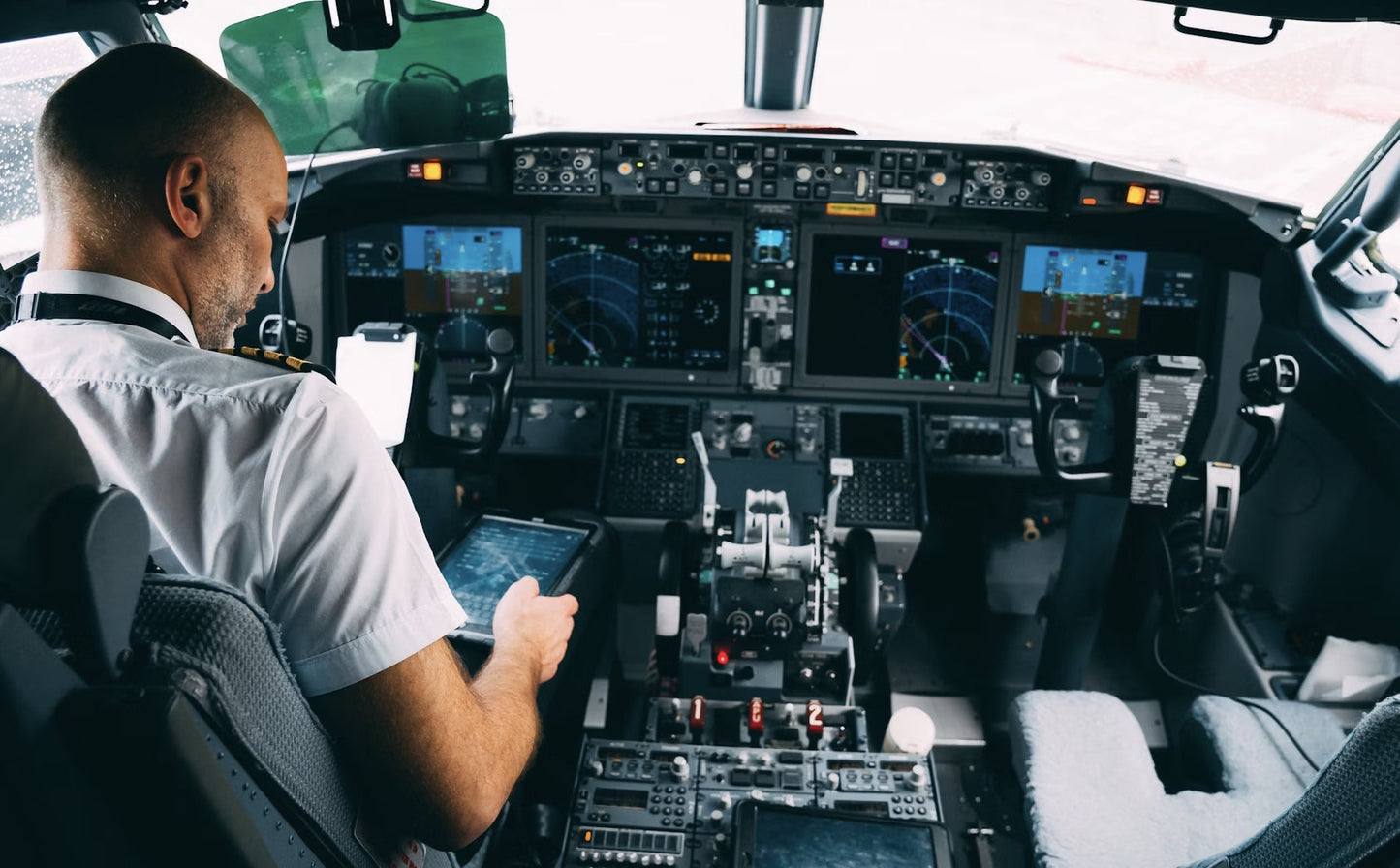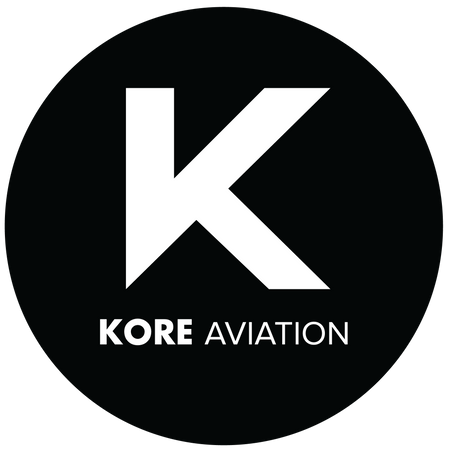
Kore Aviation - If you are considering getting your PPL (Private Pilot License), you are aiming for one of the most exciting milestones in aviation. Getting your PPL gives you legal permission to fly non commercially, carry passengers, and enjoy the freedom of the skies.
In this guide we will cover what eligibility looks like, how many flight hours are required, what ground training includes, costs, and how to prepare to get your PPL efficiently.
What Does PPL Mean and What You Can Do with It
A Private Pilot License (PPL) is a certification that allows you to act as pilot in command of an airplane carrying passengers under visual conditions. You cannot be paid for your service with a PPL but you can fly solo or with friends for recreation travel or training. It is the first major milestone for many pilots.
Eligibility Requirements: Age, Health and Language
Before you begin training you must satisfy certain basic eligibility:
- Be at least 17 years old for airplanes in the United States
- Be able to read speak write and understand English because communication with air traffic control is necessary
- Pass a third‑class medical examination with an aviation medical examiner to ensure you are physically able to fly safely
Meeting these makes getting your PPL legally possible.
Ground Training: Learning Theory
Once you meet eligibility you start ground training. That is where you study the theory behind flying. Topics include:
- Aircraft design and how airplanes fly
- Navigation methods and how to read aviation charts
- Weather theory and forecasting
- Regulations that pilots must follow
- Radio communication procedures
You will also prepare for the written knowledge exam. Doing well in ground school helps you understand what happens in the air.
Discover More: Ground School vs. Flight School: What’s the Difference?
Flight Training: Hours in the Air
Getting your PPL requires actual flying under instruction and some solo flights alone. The United States rules state minimum flight hours as follows:
| Requirement | Details |
|---|---|
| Total flight time | At least 40 hours of flying time |
| Instruction with an instructor | At least 20 hours of flight training with a certified instructor |
| Solo flight time | At least 10 hours of solo flying including cross‑country solo flights |
| Night flying time | At least 3 hours flying at night including takeoffs and landings |
| Cross‑country training | At least 3 hours flying cross‑country (flying to different airports) |
| Instrument training | At least 3 hours flying using flight instruments alone to handle weather or visibility challenges |
| Test preparation | Practice flights before the final practical exam (check ride) |
However many student pilots need around 60 to 75 hours to feel fully ready. It depends on your pace how often you fly and how quickly you grasp maneuvers.
Also read: 6 steps getting your private pilot license
Cost of Getting Your PPL
Getting your PPL is an investment. Costs vary widely depending on location aircraft rental rates instructor fees and how many hours you need. Examples:
- Some students spend USD 8,000 to 15,000 for total cost including training fuel instruction ground school and exam fees.
- Others report higher totals if aircraft rental is expensive or weather delays add hours.
Here are major cost components to consider:
- Flight instructor time
- Aircraft rental per hour
- Fuel costs during flights
- Charges for using navigation tools and charts
- Cost of exams written and practical
- Ground school or online theory course fees
Planning for extra hours beyond the minimum helps avoid surprise expenses.
How Long It Takes: Timeline Examples
Time to complete getting your PPL depends on how often you fly and consistency. Examples:
- A full time student flying daily could finish in 3 to 6 months
- A part time student flying once or twice a week may take 6 to 12 months or more
Consistency matters a lot. Weather cancellations delays in instructor availability or finances can stretch the timeline.
Read More: How Long Does It Take to Become a Pilot?
Choosing the Right Training Path
When getting your PPL you can pick different types of flight training programs:
- Part 61 style training programs tend to be flexible in schedule and structure
- Part 141 style schools follow a more structured syllabus with FAA oversight and may offer slightly reduced minimum hours in some cases
Choose what fits your schedule budget and learning preferences. Also compare flight schools on instructor quality aircraft maintenance and student support.
Learn More: Part 61 vs 141: What Is the Difference in Pilot Training?
Tools and Gear: What Helps with Getting Your PPL
Good gear helps make training smoother. A headset that gives clear communication noise reduction and comfort matters. It helps you hear instructions from the instructor over engine noise and stay focused.
Check out Kore Aviation headsets for student pilots. Designed for durability and clarity for learning flights.
Tips to Progress Faster and Smartly
To make the journey of getting your PPL smoother, consider these tips:
- Find a flight school with good reputation and reasonable rates
- Be consistent with flight lessons so you build skills steadily
- Study ground material before lessons so you can focus on flying during lessons
- Use flight simulators or approved training devices where allowed
- Invest in gear like a good headset so you hear everything clearly and reduce distractions
For help choosing a good headset see guide: The Must-Checklist choosing the Right Aviation Headset
What Happens on the Final Check ride
The final test for getting your PPL is the check ride, which has two parts:
- An oral exam where you answer questions about aviation knowledge and decision making
- A flight test where you demonstrate practical flying skills like takeoff landing navigation emergency procedures
Passing the check ride means you’ve met the proficiency standard in both knowledge and flying skill.
Frequently Asked Questions About Getting Your PPL
-
How many hours do I really need to get my PPL?
Legally you need 40 hours in the U.S. but many students use more to reach proficiency, 60 to 75 hours is common. -
Can I finish in three months?
If you fly often and have good weather you may finish in 3 to 6 months. Part time training may take up to a year or more. -
What if I cannot afford all flights at once?
Many students spread training cost over time or fly less often. Choose a school with flexible payment plans or shared rentals. -
Do I need a medical exam?
Yes getting your PPL requires passing a medical exam to prove you are fit to fly. -
Will online ground school save time or money?
It can. Online theory courses let you study from home before flying which may reduce total training time. -
Can getting your PPL lead to a career in aviation?
Yes it is the first step. After PPL you can add ratings like instrument or commercial pilot license which allow professional flight work. -
How many hours to get PPL?
While the minimum is 40 hours, many students require 60‑70 hours to be ready safely. -
How much does getting your PPL cost?
Expect between US$12,000 and US$20,000 or more depending on school location, aircraft type and hours needed. -
What tests are required for PPL?
You will take a written knowledge test and a practical flying test (check ride). -
Can I start flying before completing ground training?
Yes. You can begin flight lessons early, but passing the written exam is required before the final check ride. -
Is PPL enough to fly for hire?
No. PPL allows noncommercial flying for recreation or personal travel but not for compensation unless further ratings and licenses are obtained.
Final Thoughts
Getting your PPL means dedicating time money and consistency. You will learn theory ground rules flight maneuvers solo flights and cross country trips. It is a major achievement.
For student pilots, focus during training are essential. Use a high quality aviation headset to reduce noise and improve communication. Kore Aviation provides student pilot headsets built for clarity comfort and durability.

